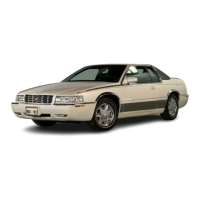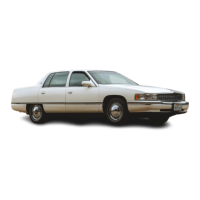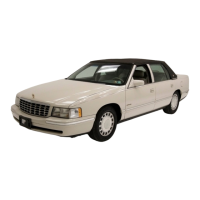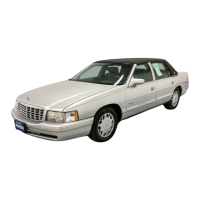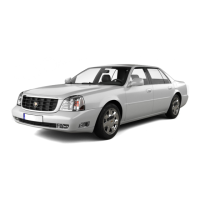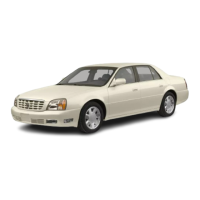-
-
If
you’ll be driving at high speeds (e.g., speeds
of
100
mph
(160
km/h)
or higher), where it is legal, set the cold
inflation pressure to the maximum inflation pressure
shown on the
tire
sidewall, or to
38
psi (265 kpa),
whichever is lower. See the example below. When you end
this
high-speed driving, return to the cold inflation
pressure shown on the Tire-Loading Information label.
Example:
You’ll find maximum load and inflation pressure
molded
on
the tire’s sidewall, in small letters, near the
rim flange. It will read something like this: Maximum
load 690
kg
(1521 lbs.)
@
300
Wa (44 psi) Max. Press.
For this example,
you
would set the inflation pressure
for high-speed driving at
39
psi (265 kPa).
NOTICE:
Don’t let anyone tell you that underinflation or
overinflation is all right.
It’s
not.
If
your tires
don’t have enough air (underinflation), you can
get
the following:
Too
much flexing
0
Too
much heat
0
Tire
overloading
NOTICE: (Continued)
NOTICE:
(Continued)
Bad wear
Bad handling
0
Bad fuel economy.
If
your tires have too much air (overinflation),
you can get the following:
0
Unusual wear
Bad handling
Rough ride
Needless damage from road hazards.
When to Check
Check your tires once a month or more.
Don’t forget your compact spare tire. It should be at
60
psi (420 kPa).
How to Check
Use a good quality pocket-type gage to check tire
pressure.
You
can’t tell if your tires are properly inflated
simply by looking at them. Radial tires may look
properly inflated even when they’re underinflated.
Be sure to put the valve caps back on the valve stems.
They help prevent leaks
by
keeping out dirt and moisture.
6-42
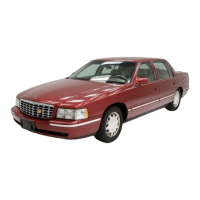
